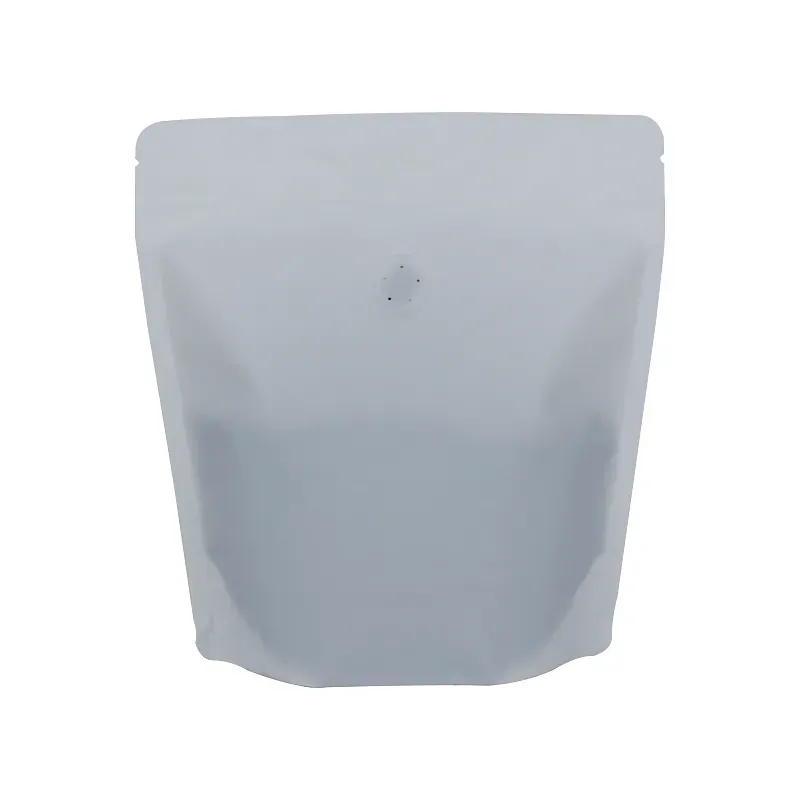- Afrikaans
- Albanian
- Amharic
- Arabic
- Armenian
- Azerbaijani
- Basque
- Belarusian
- Bengali
- Bosnian
- Bulgarian
- Catalan
- Cebuano
- chinese_simplified
- chinese_traditional
- Corsican
- Croatian
- Czech
- Danish
- Dutch
- English
- Esperanto
- Estonian
- Finnish
- French
- Frisian
- Galician
- Georgian
- German
- Greek
- Gujarati
- haitian_creole
- hausa
- hawaiian
- Hebrew
- Hindi
- Miao
- Hungarian
- Icelandic
- igbo
- Indonesian
- irish
- Italian
- Japanese
- Javanese
- Kannada
- kazakh
- Khmer
- Rwandese
- Korean
- Kurdish
- Kyrgyz
- Lao
- Latin
- Latvian
- Lithuanian
- Luxembourgish
- Macedonian
- Malgashi
- Malay
- Malayalam
- Maltese
- Maori
- Marathi
- Mongolian
- Myanmar
- Nepali
- Norwegian
- Norwegian
- Occitan
- Pashto
- Persian
- Polish
- Portuguese
- Punjabi
- Romanian
- Russian
- Samoan
- scottish-gaelic
- Serbian
- Sesotho
- Shona
- Sindhi
- Sinhala
- Slovak
- Slovenian
- Somali
- Spanish
- Sundanese
- Swahili
- Swedish
- Tagalog
- Tajik
- Tamil
- Tatar
- Telugu
- Thai
- Turkish
- Turkmen
- Ukrainian
- Urdu
- Uighur
- Uzbek
- Vietnamese
- Welsh
- Bantu
- Yiddish
- Yoruba
- Zulu
Creative Strategies for Effective Retail Product Presentations
The Importance of Retail Product Displays in Enhancing Consumer Experience
In the competitive landscape of retail, the way products are displayed can significantly influence consumer behavior and purchasing decisions. Retail product displays serve not only as a means of showcasing merchandise but also play a crucial role in crafting an engaging shopping experience. This article explores the various facets of retail product displays, their impact on sales, and strategies to optimize them for better customer engagement.
Understanding Retail Product Displays
Retail product displays are strategic arrangements of merchandise created to attract attention and facilitate the decision-making process for consumers. They can take various forms, including fixtures, signage, special promotions, and even digital displays. Each element is designed to draw the customer's eye, highlight product features, and encourage a purchase.
Effective product displays communicate the brand's identity and message while enhancing the overall aesthetic of the retail space. This visual merchandising aims to make products more accessible, informative, and appealing, ultimately guiding customers through the buying journey.
The Psychological Impact of Displays
The psychology of shopping suggests that consumers are influenced by the way products are presented. A well-structured display not only captures attention but can also evoke emotions. For instance, using colors strategically can create a particular mood or highlight seasonal themes. Warm colors like red and orange can stimulate excitement and urgency, while cool tones such as blue and green may evoke calmness, potentially leading to longer browsing times.
Moreover, the placement of products within a display can trigger impulse buying. Research indicates that items placed at eye level are more likely to be purchased than those positioned lower or higher. Endcap displays—located at the ends of aisles—also catch the shopper's eye, often leading to increased sales, especially for promotional items or new launches.
Strategies for Effective Retail Displays
retail product displays

1. Know Your Audience Understanding the target demographic is vital for creating appealing displays. This involves considering factors like age, gender, and spending habits. Tailoring displays to resonate with the relevant audience can significantly enhance engagement.
2. Tell a Story A narrative approach to product displays can captivate customers. For instance, creating themed displays that convey a specific lifestyle or season can prompt shoppers to envision how the products fit into their lives. Storytelling can also make products more memorable.
3. Highlight Promotions Featuring discounts or special offers prominently in displays can increase foot traffic and conversion rates. Clear signage that communicates the value proposition ensures customers are aware of price reductions or limited-time offers.
4. Incorporate Technology In today’s digital age, integrating technology into product displays can offer immersive experiences. Touchscreen kiosks can provide additional information about products, while QR codes allow customers to engage further, possibly linking to online reviews or social media.
5. Maintain Cleanliness and Organization A cluttered or disorganized display can deter customers. Ensuring that displays are tidy, well-stocked, and regularly updated reflects professionalism and enhances the shopping experience.
6. Experimentation and Feedback Retailers should be willing to experiment with various display layouts and gather feedback from customers. Observing customer interactions and sales performance can provide valuable insights into what works best.
Conclusion
In conclusion, retail product displays are a powerful marketing tool that can greatly influence consumer behavior and elevate the shopping experience. By understanding the psychology of displays, implementing effective strategies, and continually refining approaches based on customer feedback, retailers can create engaging environments that not only attract but also retain customers. As the retail landscape continues to evolve, the importance of innovative and captivating product displays remains a critical component of successful retail marketing. Ultimately, well-executed displays can turn casual browsers into loyal customers, driving sustained sales growth.













